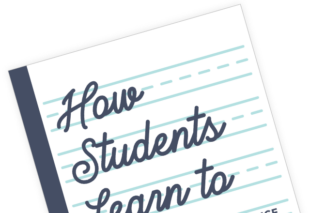Literacy
Reading is a fundamental human right, key to every person’s ability to live a choice-filled life.
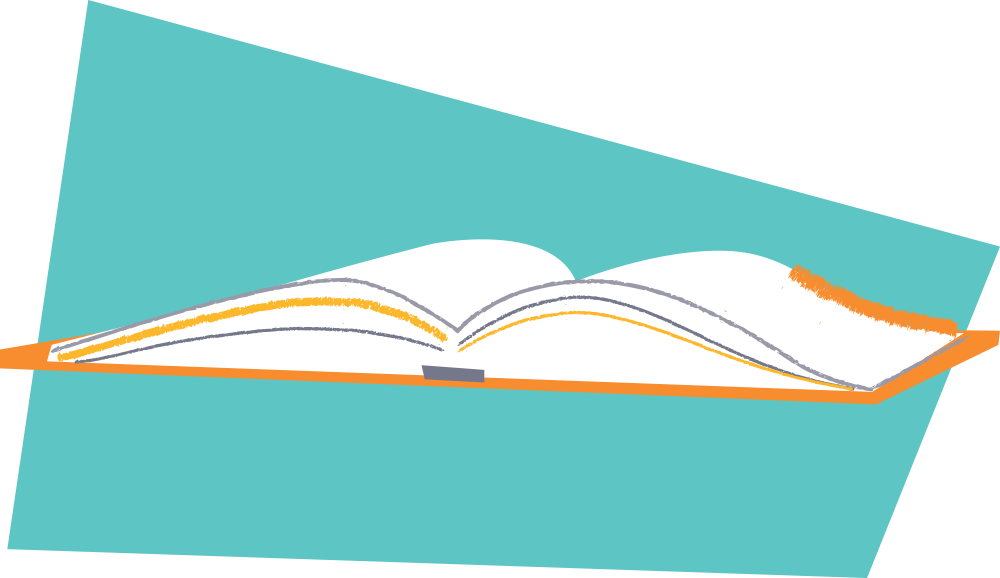
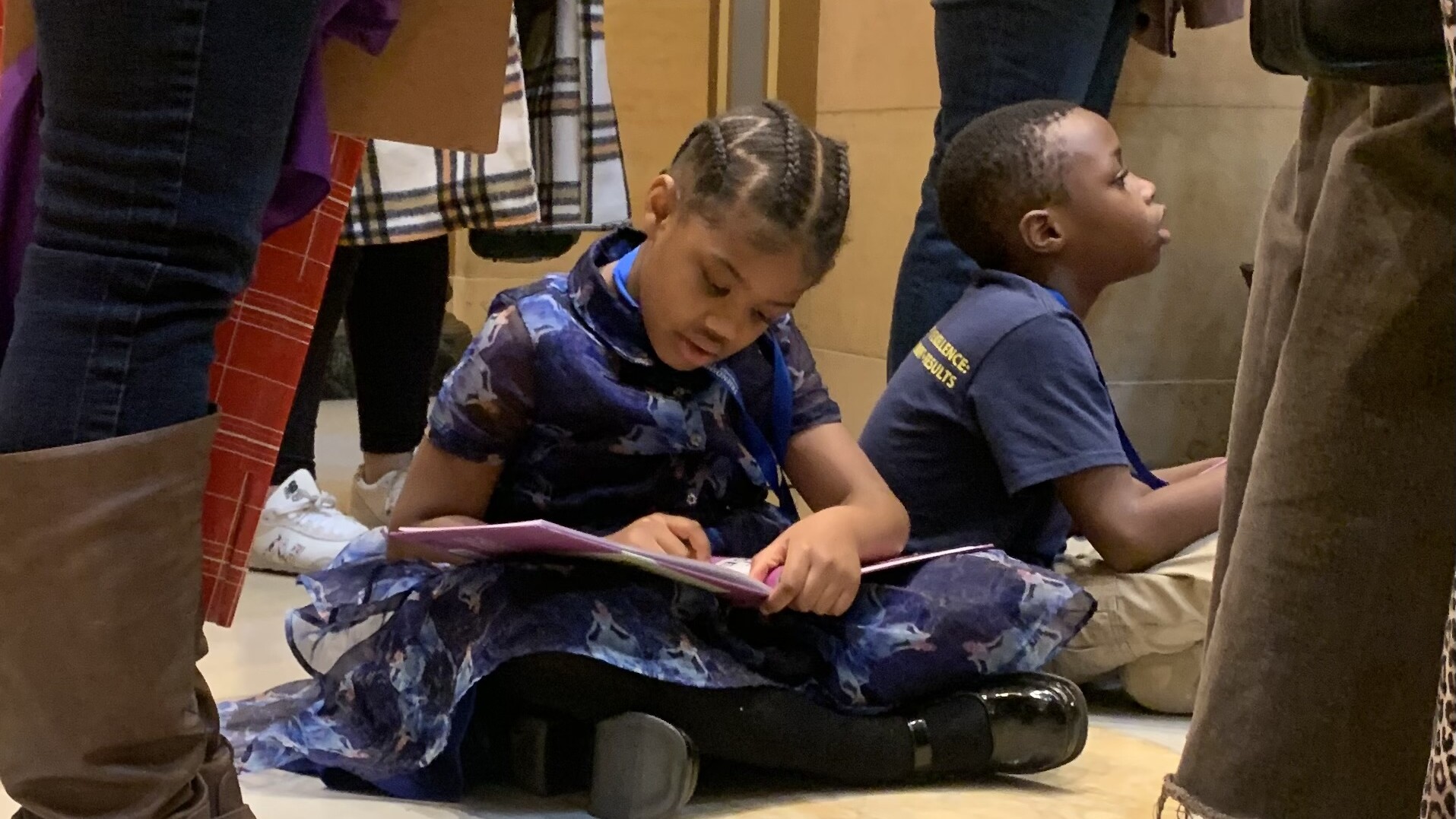
Why it matters
Growing research on how children learn to read has led to a shift in how we think about literacy instruction. Giving kids what they need at an early age is so important in setting them up for success in school and in life. But some kids aren’t getting the instruction they need to learn to read. We are leaving a lot of kids behind.
But there is good news. When kids get clear & specific teaching in reading every year, 95% can learn to read at their grade level.
4x
Children who cannot read by the end of third grade are 4x more likely to drop out of high school than proficient readers.
33%
In Minneapolis, less than 33% of BIPOC students are reading at grade level, compared with more than 75% of white students.
Putting it into practice
Literacy Guide for Families
If your child is having a hard time reading, it’s important to learn why. They might be having trouble recognizing words, or understanding what they read, or both. Once they know what the problem is, parents and teachers can work with them and get them the right help. Great MN Schools has put together a Literacy Guide to help families understand if their child is getting clear & detailed teaching and what to do if they are not.
Minnesota Literacy Coalition
Great MN Schools has partnered with Minneapolis Public Schools and the National Parents Union MN to build and co-chair the Minnesota Literacy Coalition. Together, we have convened more than 60 local organizations that care deeply about student literacy, including Hennepin County Library, ServeMN, EdAllies, Bellwether, and ANet.
The Minnesota Literacy Coalition is united around a common purpose to change literacy experiences and outcomes in our state. We identify and implement concrete, actionable efforts in the following areas:
Supporting Strong Instruction
Adoption and implementation of high-quality science-backed curriculum, teacher training, and support for instructional leaders
Expanding Access & Support
Family and community resources inside and outside of school
Changing the System
Building the conditions needed through public awareness and policy change
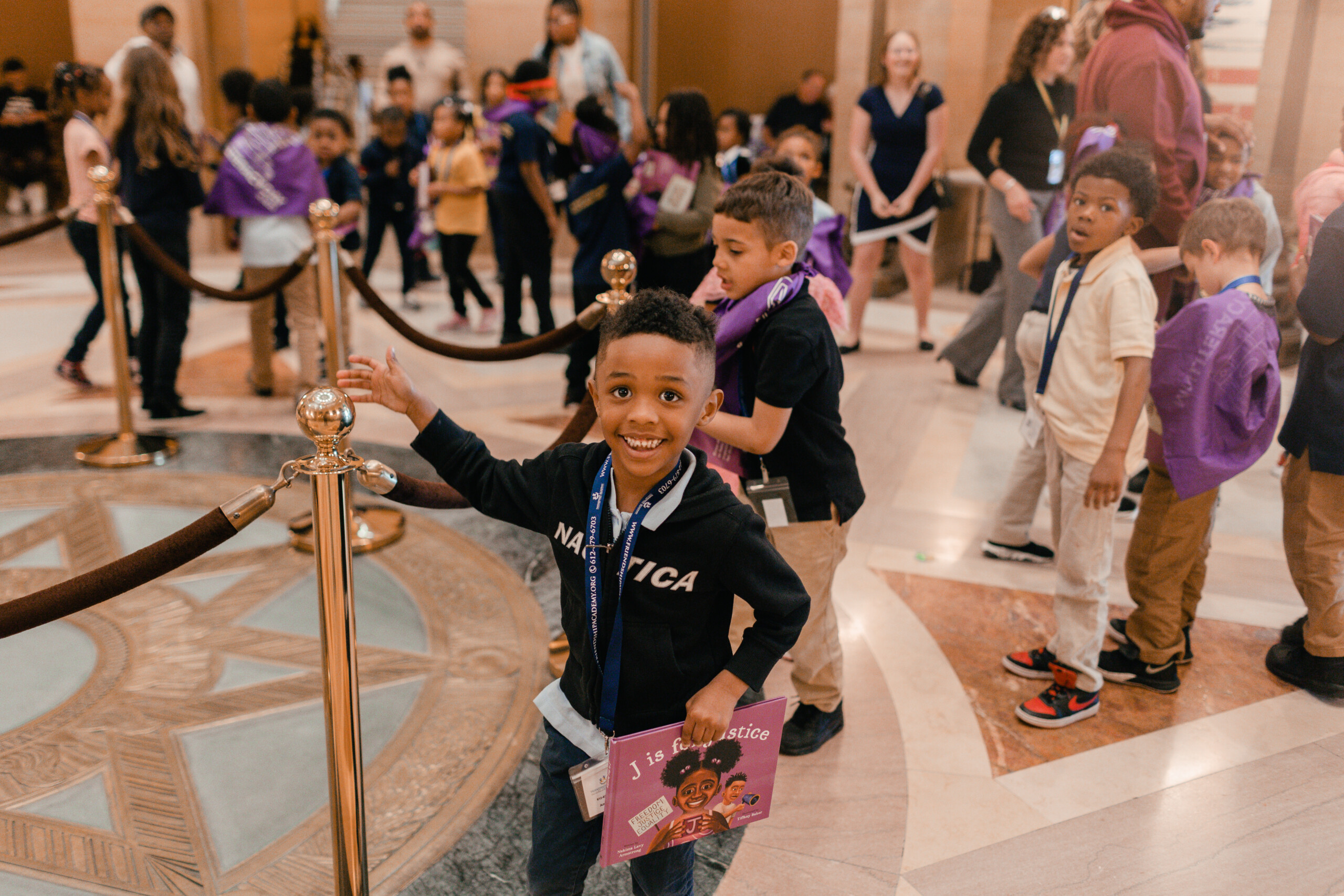
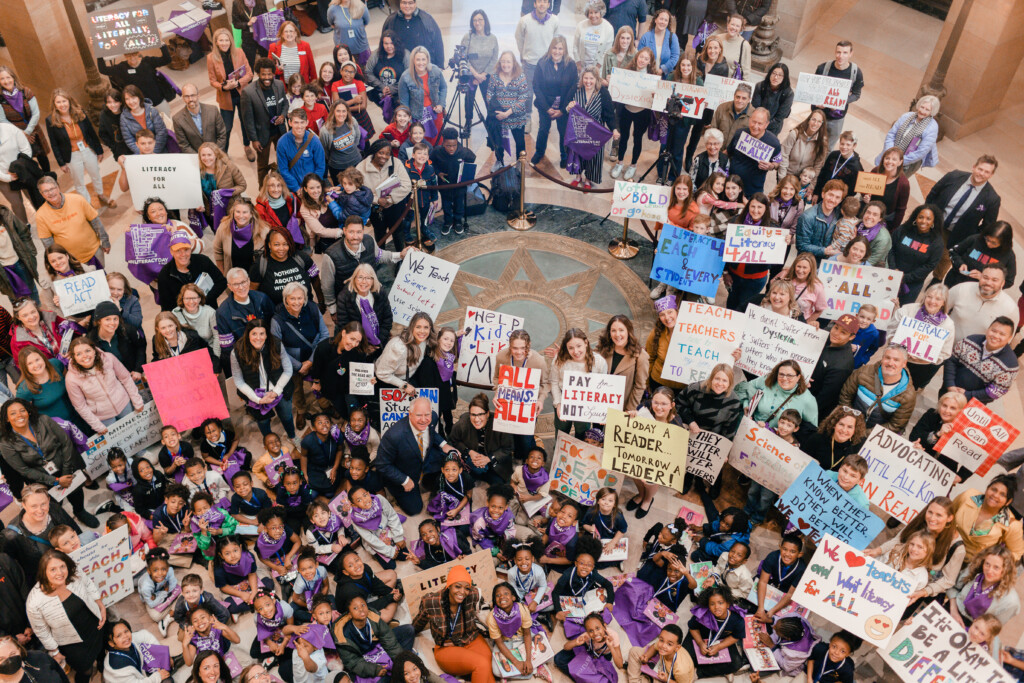
MN Literacy Day
Each April since 2023, Great MN Schools and Decoding Dyslexia join forces to co-host MN Literacy Day at the Capitol. In 2024, over 200 students, parents, teachers, community leaders, legislators, and advocates were there to celebrate literacy and demand that lawmakers continue to support the strong implementation of the READ Act and prioritize literacy measures for all students in Minnesota.
Speakers from various backgrounds, including legislators, community advocates, and students, take the stage at the Capitol to share their personal and professional experiences with literacy.
The power of democracy is truly demonstrated as people come together to make their voices heard in support of literacy for all!
“The more tools, the more training we give them, the more support we give them, the better outcomes we get…because the goal here is to make sure each and every one of these children can thrive and reach their full potential.” – Governor Tim Walz
Research & Proof Points
Reading Partners

Join the movement for equity and excellence in literacy outcomes
Sign up for the Minnesota Literacy Coalition
